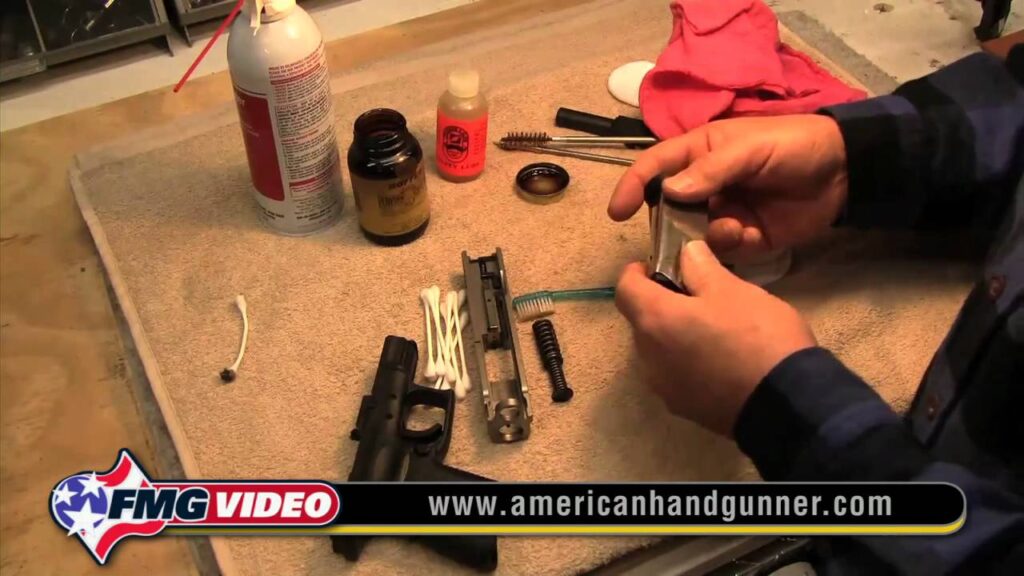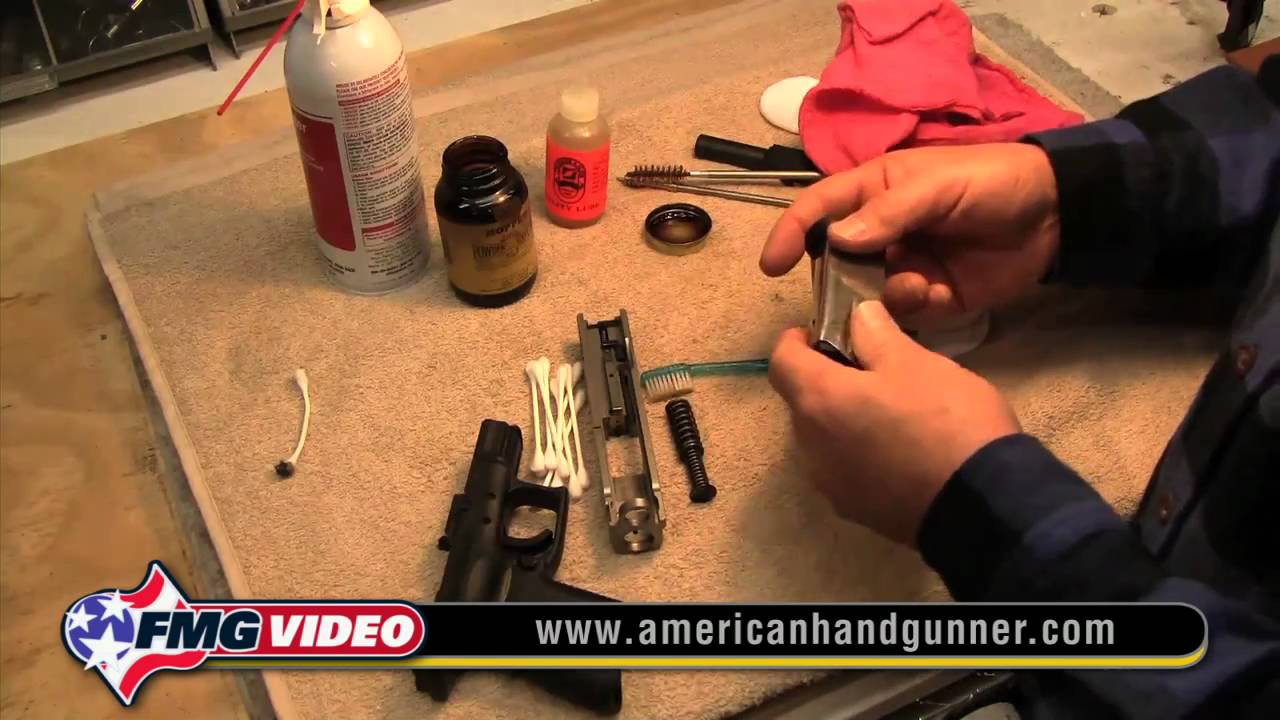
Can You Wash Off Gun Residue? A Comprehensive Guide to Safe and Effective Cleaning
The question, “Can you wash off gun residue?” is deceptively simple. The reality is that removing gun residue, also known as firearm discharge residue (FDR), is a nuanced process that depends heavily on the type of residue, the surface it’s on, and the cleaning method employed. This comprehensive guide will delve into the intricacies of gun residue removal, providing expert insights and practical advice for ensuring both safety and effectiveness. Whether you are a gun owner maintaining your firearm, a law enforcement professional investigating a crime scene, or simply dealing with accidental exposure, understanding the proper techniques for washing off gun residue is crucial. We’ll explore the science behind FDR, the limitations of common cleaning methods, and the specialized solutions that offer the best results. Our goal is to provide you with the knowledge and tools necessary for responsible handling and cleaning.
Understanding Gun Residue: Composition and Characteristics
Gun residue is a complex mixture of substances produced during the firing of a firearm. It primarily consists of:
- Propellant Particles: Unburned or partially burned gunpowder.
- Primer Residue: Fragments from the primer, which contains compounds like lead, barium, and antimony.
- Bullet Components: Tiny fragments of lead or copper from the bullet itself.
- Combustion Products: Gases and soot formed during the explosion.
The composition and amount of residue can vary depending on the type of ammunition, the firearm used, and the conditions of firing. Gun residue can be found on the shooter’s hands, clothing, and nearby surfaces, as well as inside the firearm itself. This makes proper and thorough cleaning essential, not only for maintaining the firearm’s performance but also for personal safety. Understanding the chemical composition of the residue is the first step in deciding what cleaning solutions will be effective.
The Limitations of Simple Washing
While soap and water might seem like a straightforward solution, they are generally ineffective at completely removing gun residue. Here’s why:
- Insolubility: Many components of gun residue, particularly lead and other heavy metals, are not easily dissolved in water.
- Particle Size: The fine particles of residue can become trapped in pores and crevices, making them difficult to dislodge with simple washing.
- Chemical Bonding: Some residue components can chemically bond to surfaces, requiring specialized solvents to break the bond.
Therefore, while washing with soap and water may remove some superficial residue, it is unlikely to eliminate it entirely. Relying solely on this method can lead to a false sense of security and potential exposure to harmful substances. For anything beyond very light surface residue, more specialized cleaning is needed.
Specialized Cleaning Products for Gun Residue Removal
For effective gun residue removal, specialized cleaning products are necessary. These products are formulated to dissolve and lift residue components that water and soap cannot. Here are some common types:
- Gun Cleaning Solvents: These solvents contain chemicals specifically designed to dissolve gunpowder, carbon fouling, and metallic residues.
- Bore Cleaners: Formulated to remove lead and copper fouling from the inside of gun barrels.
- Degreasers: Used to remove oil and grease, which can trap residue and hinder cleaning.
- Ultrasonic Cleaners: Devices that use high-frequency sound waves to agitate cleaning solutions and dislodge residue from hard-to-reach areas.
When selecting a cleaning product, it’s essential to consider the type of firearm, the type of residue, and the surface being cleaned. Always follow the manufacturer’s instructions and take appropriate safety precautions, such as wearing gloves and eye protection. Furthermore, ensure proper ventilation to avoid inhaling harmful fumes. The right cleaning solution can make all the difference in achieving a thorough and safe cleaning.
Step-by-Step Guide to Washing Off Gun Residue Safely
Here’s a detailed guide to safely and effectively removing gun residue:
- Preparation: Gather your supplies, including gloves, eye protection, cleaning solvents, brushes, and cleaning cloths. Work in a well-ventilated area.
- Disassembly (if applicable): If cleaning a firearm, disassemble it according to the manufacturer’s instructions. This allows for thorough cleaning of individual components.
- Initial Cleaning: Use a brush to remove loose debris and residue from the surface.
- Solvent Application: Apply the appropriate cleaning solvent to the affected area, following the manufacturer’s instructions. Allow the solvent to dwell for the recommended time to dissolve the residue.
- Scrubbing: Use a brush or cleaning cloth to scrub the surface, paying attention to crevices and hard-to-reach areas.
- Wiping: Wipe away the dissolved residue with a clean cloth.
- Inspection: Inspect the surface to ensure that all residue has been removed. Repeat steps 4-6 if necessary.
- Lubrication (if applicable): If cleaning a firearm, lubricate the moving parts according to the manufacturer’s instructions.
- Reassembly (if applicable): Reassemble the firearm according to the manufacturer’s instructions.
- Proper Disposal: Dispose of used cleaning materials and solvents properly, following local regulations.
Following these steps carefully will help ensure that gun residue is effectively removed while minimizing the risk of exposure to harmful substances. Remember that patience and attention to detail are key to a successful cleaning process.
The Importance of Personal Protective Equipment (PPE)
When handling gun residue and cleaning products, wearing appropriate PPE is crucial. This includes:
- Gloves: To prevent skin contact with residue and solvents. Nitrile gloves are recommended, as they are resistant to many chemicals.
- Eye Protection: To protect the eyes from splashes and fumes. Safety glasses or goggles should be worn.
- Respirator (optional): In poorly ventilated areas, a respirator can protect against inhaling harmful fumes.
Proper PPE can significantly reduce the risk of exposure to harmful substances and ensure a safer cleaning process. Never compromise on safety when dealing with gun residue.
Gun Cleaning Kits: A Comprehensive Solution
For gun owners, investing in a quality gun cleaning kit is a worthwhile investment. These kits typically include a variety of brushes, solvents, and tools specifically designed for cleaning firearms. A good gun cleaning kit will include bore brushes, which are designed to clean the interior of the gun barrel, and various sizes of nylon brushes for general cleaning. Many kits also include patches, which are used with a cleaning rod to swab the barrel. Look for kits that include a high-quality cleaning solvent and lubricant to ensure your firearm is properly maintained.
A well-stocked kit can streamline the cleaning process and ensure that you have the right tools for the job. Furthermore, using a dedicated kit can help prevent cross-contamination and ensure that your firearm is properly maintained. Regular cleaning with a quality kit can extend the life of your firearm and ensure its reliable performance.
Ultrasonic Cleaning: Advanced Residue Removal
Ultrasonic cleaning is an advanced method for removing gun residue that uses high-frequency sound waves to create cavitation bubbles in a cleaning solution. These bubbles implode, dislodging residue from even the most hard-to-reach areas. Ultrasonic cleaners are particularly effective for cleaning intricate parts and removing stubborn fouling.
While ultrasonic cleaning can be highly effective, it’s essential to use the appropriate cleaning solution and follow the manufacturer’s instructions. Some solvents can damage certain firearm finishes, so it’s crucial to choose a compatible solution. Furthermore, ultrasonic cleaning should be followed by proper lubrication to prevent corrosion.
The Role of Professional Cleaning Services
In some cases, professional cleaning services may be necessary. This is particularly true for firearms that are heavily fouled or require specialized cleaning techniques. Professional gunsmiths have the knowledge, experience, and equipment to thoroughly clean and maintain firearms, ensuring their safe and reliable operation.
Professional cleaning services can also be beneficial for individuals who are uncomfortable handling firearms or cleaning products. By entrusting the cleaning to a professional, you can ensure that the job is done safely and effectively. Furthermore, a professional gunsmith can identify potential problems with your firearm and recommend necessary repairs or maintenance.
Legal and Ethical Considerations
In addition to safety and effectiveness, it’s essential to consider the legal and ethical implications of gun residue removal. In some jurisdictions, tampering with evidence, including gun residue, can be a criminal offense. Therefore, it’s crucial to understand the laws in your area and avoid any actions that could be construed as obstruction of justice.
Furthermore, ethical considerations should guide your actions. If you are involved in a situation where gun residue is relevant to a criminal investigation, it’s essential to cooperate with law enforcement and avoid taking any actions that could compromise the integrity of the investigation. Responsible gun ownership includes understanding and adhering to all applicable laws and ethical standards.
Expert Insights on Gun Residue and Firearm Maintenance
Maintaining a firearm involves more than just cleaning; it requires a comprehensive understanding of its mechanics and potential issues. Regular inspection and maintenance can prevent malfunctions and ensure the firearm’s longevity. According to leading experts in firearm maintenance, proper lubrication is just as important as cleaning. Lubrication reduces friction between moving parts, preventing wear and tear and ensuring smooth operation. Experts also recommend using high-quality cleaning products specifically designed for firearms, as household cleaners can damage certain finishes and components.
Furthermore, understanding the specific needs of your firearm is crucial. Different types of firearms require different cleaning and maintenance procedures. Consulting with a qualified gunsmith or referring to the manufacturer’s instructions can provide valuable insights into the specific requirements of your firearm. Consistent and thorough maintenance is the key to ensuring your firearm’s reliable performance and safety.
Ensuring Responsible Handling and Cleaning
Ultimately, the goal of washing off gun residue is to ensure responsible handling and cleaning. This involves understanding the risks associated with gun residue, using appropriate cleaning methods and products, and taking necessary safety precautions. By following the guidelines outlined in this guide, you can effectively remove gun residue while minimizing the risk of exposure to harmful substances.
Responsible gun ownership includes a commitment to safety, education, and ethical conduct. By taking the time to learn about gun residue removal and implementing proper cleaning practices, you can contribute to a safer and more responsible gun culture. Remember that safety is paramount, and never compromise on it when handling firearms or cleaning products.

